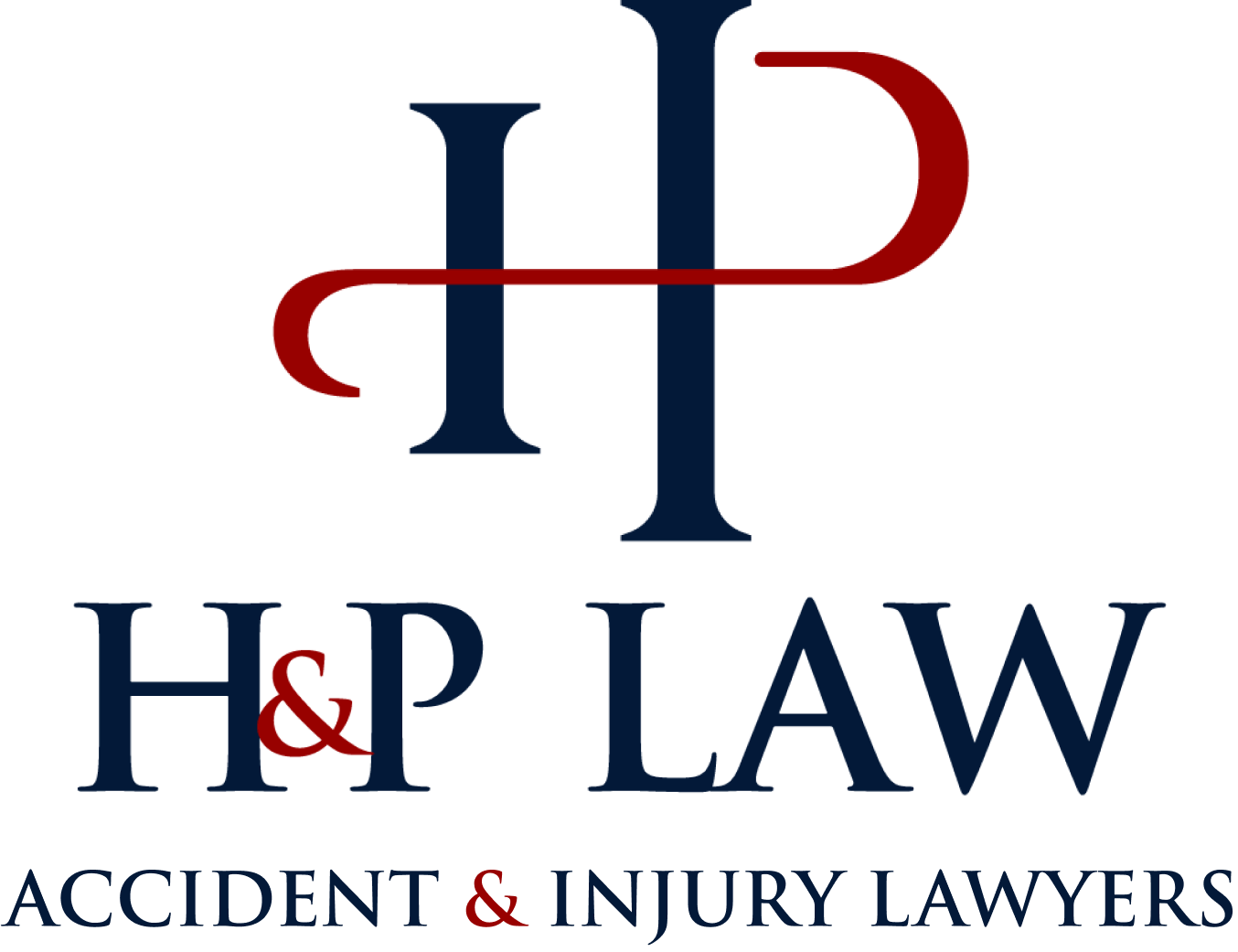
The state of Nevada has two types of speeding laws—absolute limits and basic speeding. The state’s basic speeding law prohibits driving at a speed that is greater than what is reasonable or proper. This standard takes into consideration the traffic, surface, and width of the highway, as well as the weather and other road conditions. Nevada’s basic speed law does not allow for drivers to drive at a rate of speed that would endanger the life, limb, or property of another. Absolute limits, on the other hand, are speed limits that cannot be surpassed no matter what the circumstances. Absolute speed limits are posted alongside roadways.
What is the Basic Speed Law?
What does this mean for you and other Nevada drivers? To put it simply, drivers must always drive at a safe speed. What constitutes “safe speed” depends on the specific circumstances at the time. One speed may be safe on a bright and sunny day, while that same speed could be dangerous and a violation of the basic speeding law if it is dark and the road is icy.
Speeding is one of the top causes of car accidents in Nevada and across the nation. Personal injuries that result from Nevada car accidents include whiplash, broken bones, bruises, head injuries, herniated discs, neck damage, and others. Car accidents may also result in psychological damage including post-traumatic stress disorder (PTSD), anxiety, and even depression.
Penalties for Violating Nevada’s Traffic Laws
Last fall, Nevada’s Highway Patrol and other law enforcement agencies throughout the state joined forces to crackdown on speeding drivers according to the Pahrump Valley Times.
Under Nevada law, speeding is a misdemeanor offense. A violation of the state’s speed limits can result in up to six months of jail time and/or a monetary fine of up to $1,000.00. Beyond speeding, a driver may be also charged and convicted with reckless driving in Nevada depending on the circumstances. A first time offense can result in up to six months in jail and a monetary fine between $250 and $1,000. Depending on how fast the driver was going at the time, the speeding violation can add between one and five points onto the offending driver’s driving record. If a driver accumulates 12 or more points within a 12-month period, his or her license will be suspended for six months.
Proving Negligence
Just like any other personal injury case, a Nevada resident hurt in a car accident due to the fault of another must prove negligence. To establish negligence, an injured person must show:
- The at-fault driver owed a legally recognized duty to conform to a particular standard of conduct;
- The at-fault driver breached this duty by his or her acts or failure to act;
- The at-fault driver’s breach of duty was the actual and legal cause of the accident; and
- Damages resulted due to the at-fault driver’s negligent behavior.
Each one of these elements must be established in order to succeed in a Nevada personal injury case.
Nevada Personal Injury Attorneys
If you or someone you know has suffered a personal injury in Nevada, contact the seasoned personal injury attorneys at H & P. These skilled lawyers have been fighting on behalf of the injured across Nevada for years and are ready to do the same for you. Click here today to schedule your initial call.




